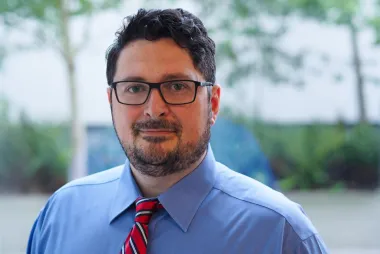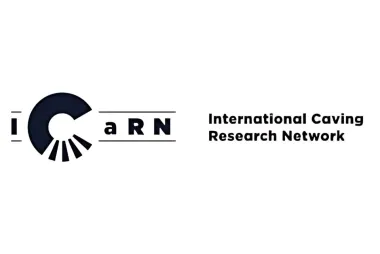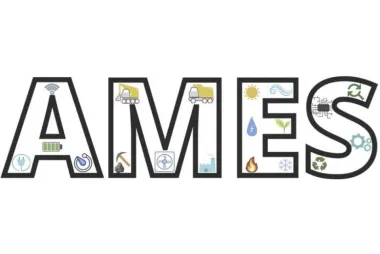Recycling plastic is a challenge, and the recovery of Rare Earth Elements from tailings is an opportunity.

Globally, we have been practicing a linear economy for more than two centuries. As a result of this, we have created a scenario that is frequently referred to as a “take, make, and dispose of” world, where we promote a single use of materials and products, creating a one-directional model of mass production, mass consumption, and finally, disposal—after a single or limited-time use. At present, only 9% of the materials already produced are recycled back to use (Statista, 2021).
The linear market economy is based on the extraction of natural resources, providing the feedstock of materials that are then transformed into the products typically disposed of after a short time of use. Some of these waste streams contain significant mineral, metal, or material value. For example, electronic waste has been shown to contain gold and copper grades that exceed close to 100 times the grades of these metals in many operating mines. In contrast, others, such as plastic waste, represent very low economic value, as it is cheaper to produce new plastic than recycle it from the waste streams. However, if not recycled properly, it creates significant challenges when landfilled or disposed of into the environment without recycling, leading to “global plastic pollution.” Likewise, turning some industrial wastes such as mine tailings into opportunities to extract critical elements or metals provides enormous incentives for creating a “circular economy around extractive resource industries.”
The Urban Mining Innovation Centre (UMIC) in the Mining Engineering department has been involved in projects that address these challenges in recycling the non-metal fraction, plastic, and the recovery of critical metals and elements from mining tailings.
UBC- Research and Innovation- Research Excellence Cluster entitled “Microplastic, Health and Environment”
Led by Prof. Loretta Li (UBC Civil Engineering) and co-PI Prof. Maria Holuszko (UBC Mining Engineering). Grant was awarded in February 2021 as part of the 2021/22 Grants for Catalyzing Research Clusters competition. This cluster features collaboration between 12 UBC academic units from both campuses (UBC-V and UBC-O).
NSERC-CREATE in collaboration with Polytechnic Montreal – UBC – UMIC Mining Engineering entitled “Sustainable Electronics and Eco-Design”
Led by Prof. Clara Santa (Polytechnic Montreal) and co-PI Prof. Maria Holuszko (UBC Mining Engineering) to collaborate on the training engineering professionals in the area of electronics, design, manufacturing and recycling (urban mining). This is collaboration between several Canadian universities including Polytechnic Montreal, UBC, UofT, McGill, Uof Waterloo.
Geoscience BC project “Characterization and Extraction of Rare Earth Elements from East Kootenay Coalfields” – REE BC Coal Project
Led by Prof. Maria Holuszko and awarded by Geoscience BC in 2018 to research recovery of REE from coal seams and mine tailings.
Printed Circuit Boards and Cellphones Recycling-UBC News
UBC News - Recycling experts hit milestone in quest for zero waste phone
LED Recycling- UBC news
UBC Engineering News - Urban miners keep LEDs out of landfills


